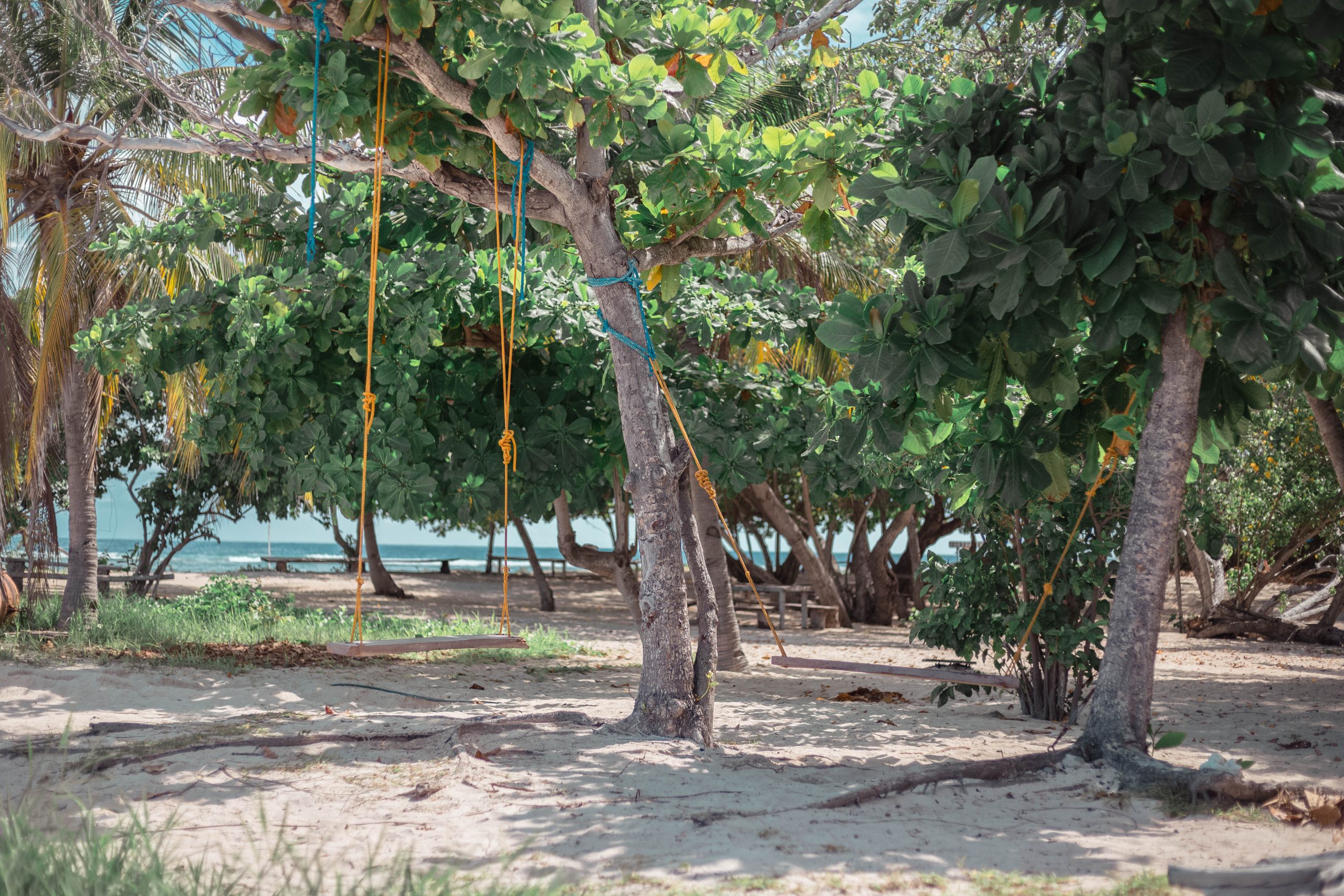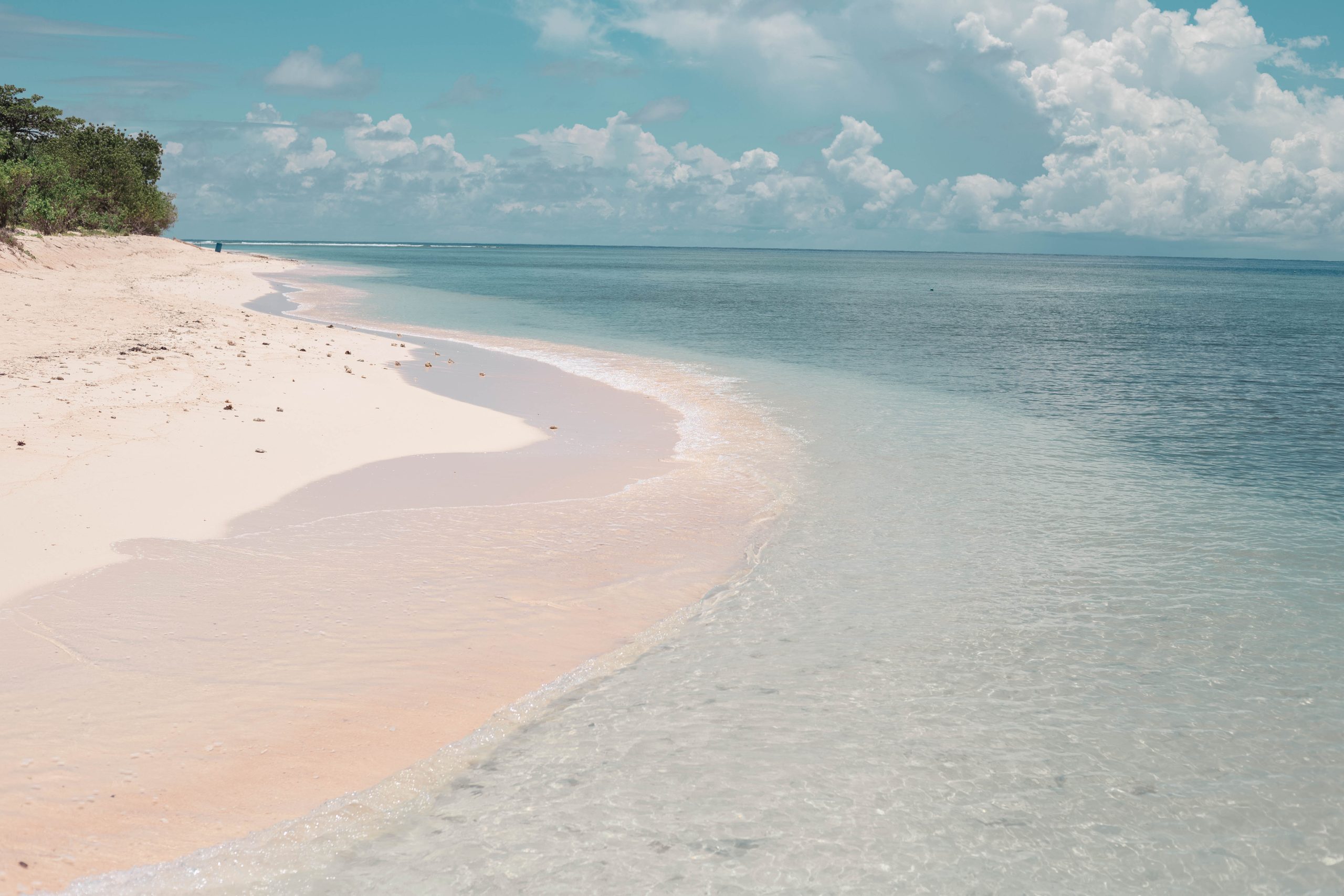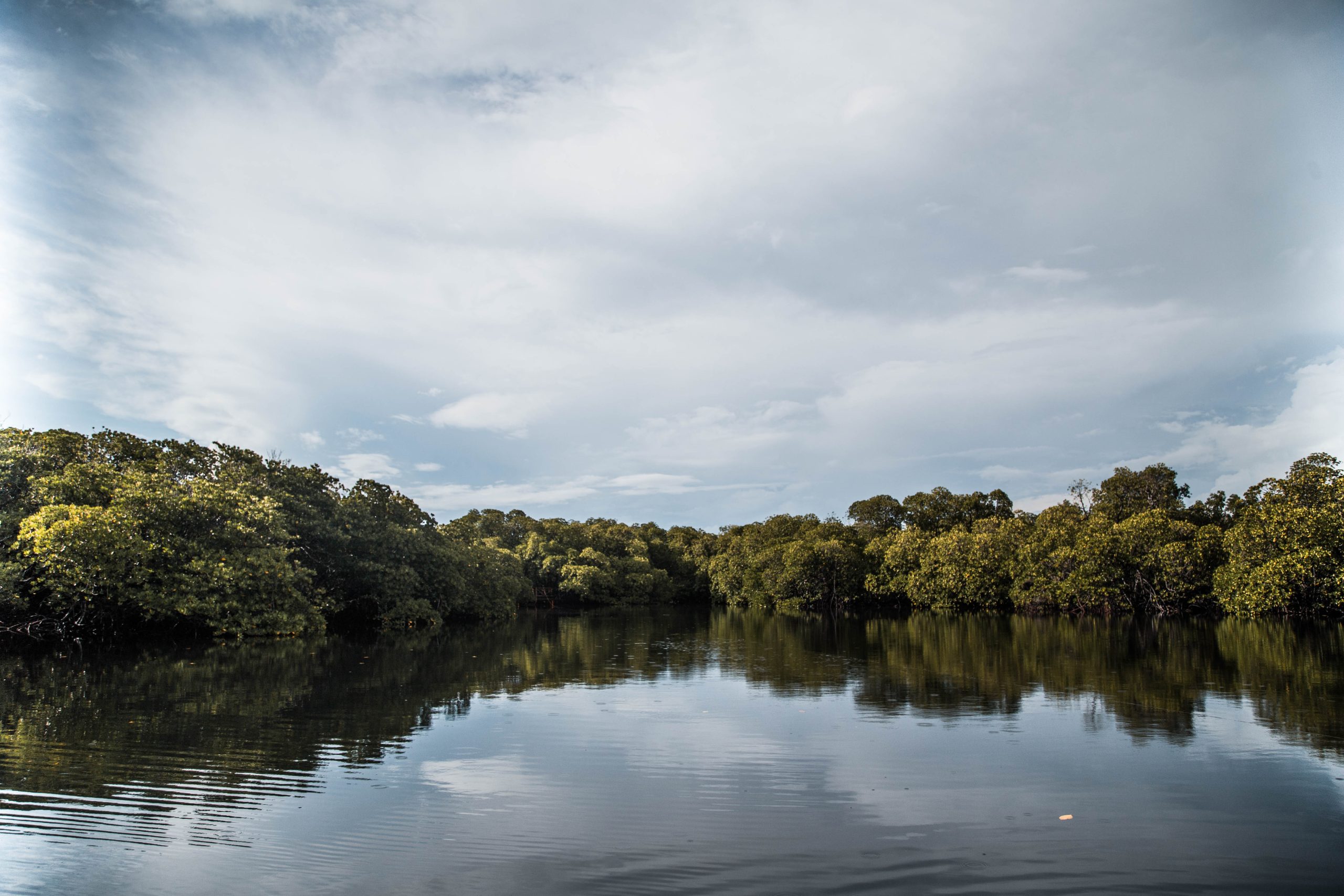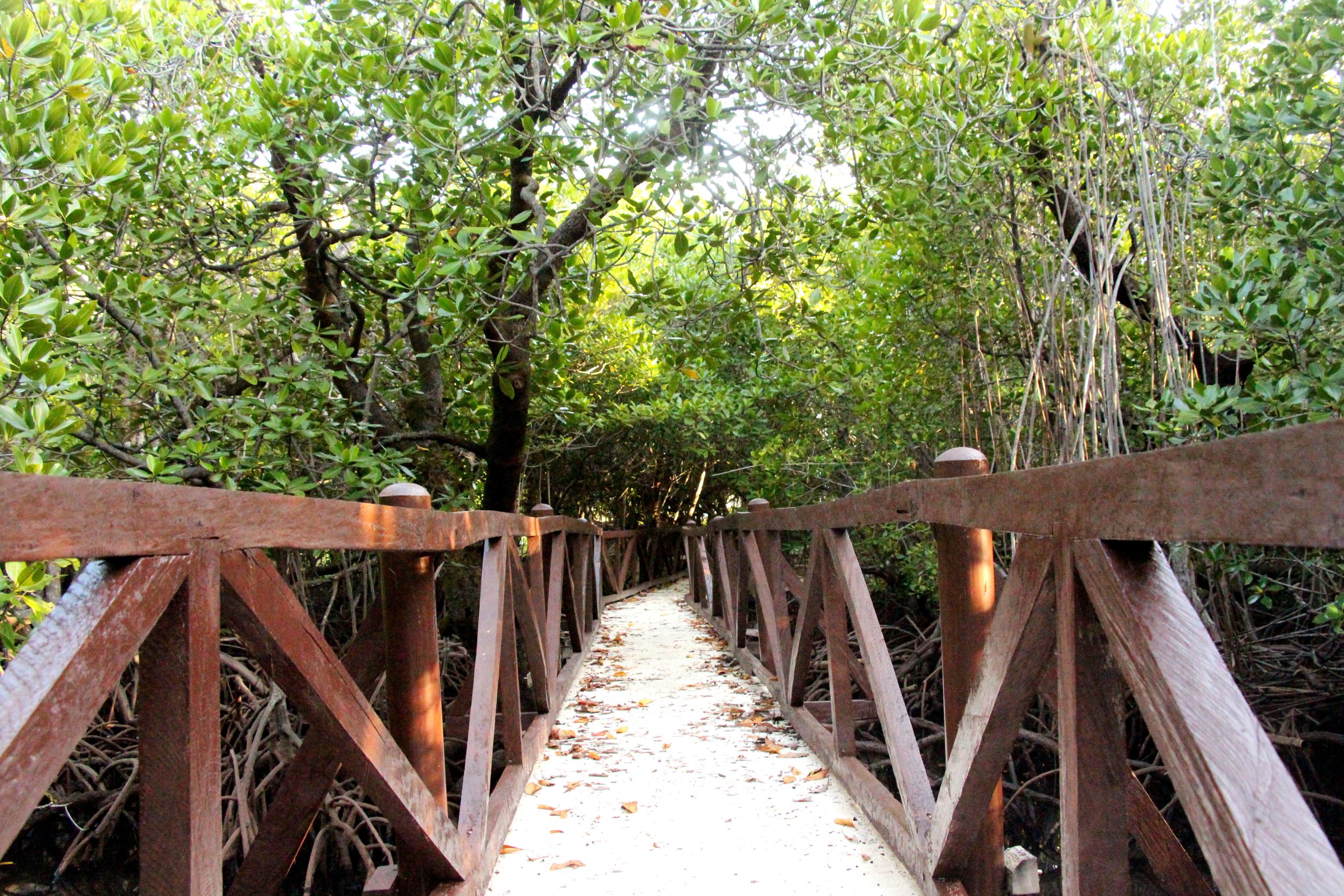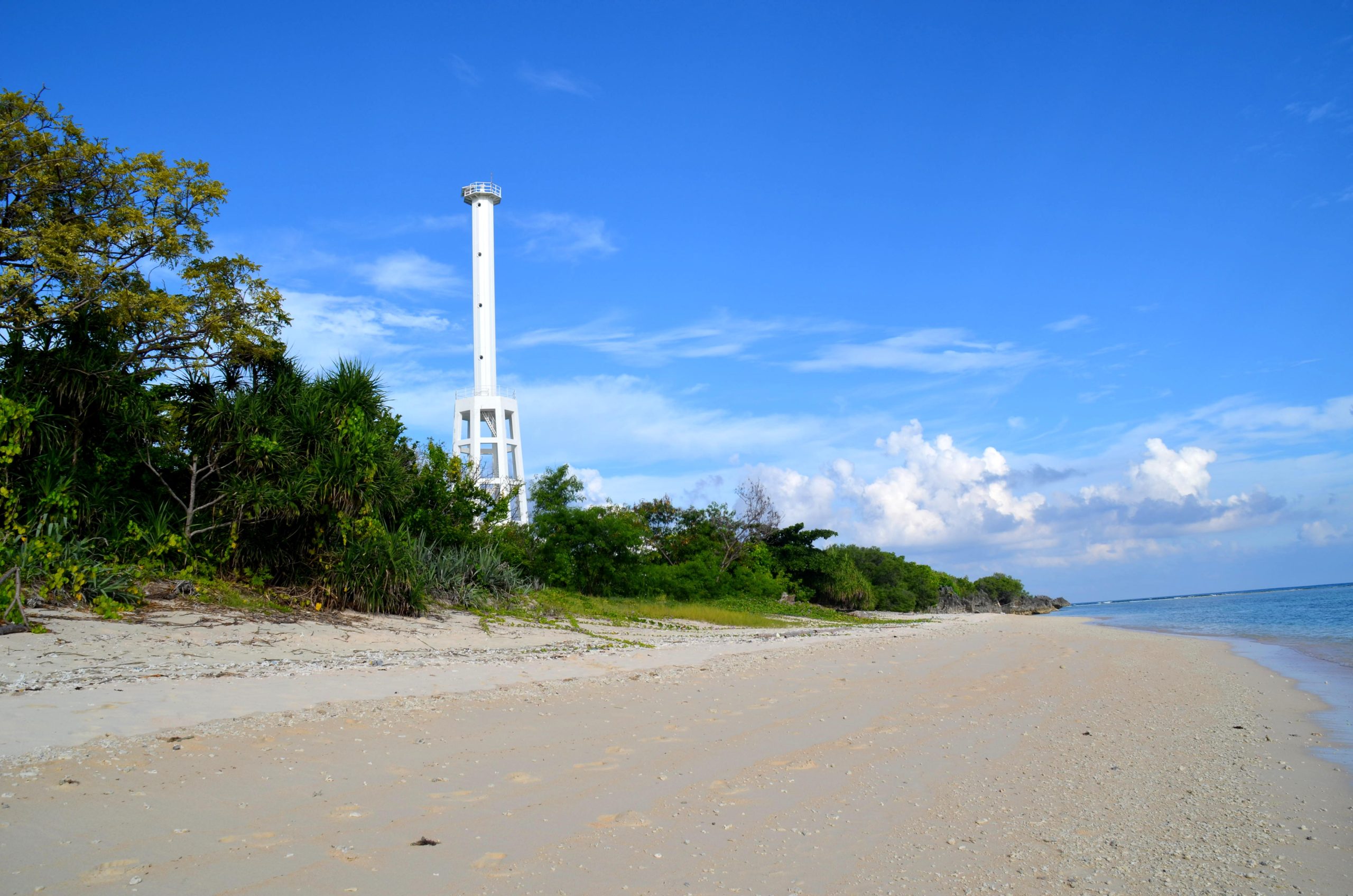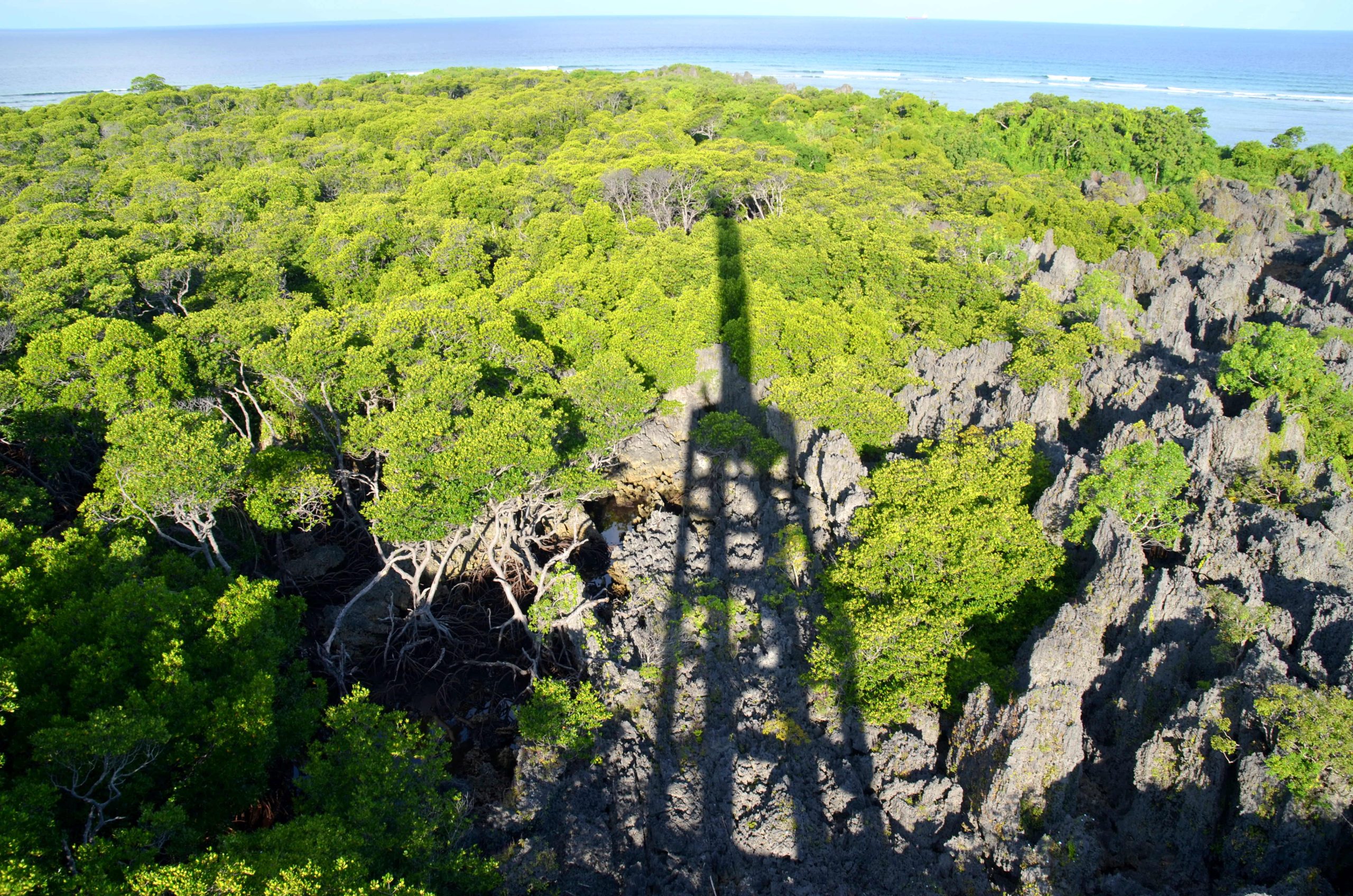Beach and Mangrove Forest
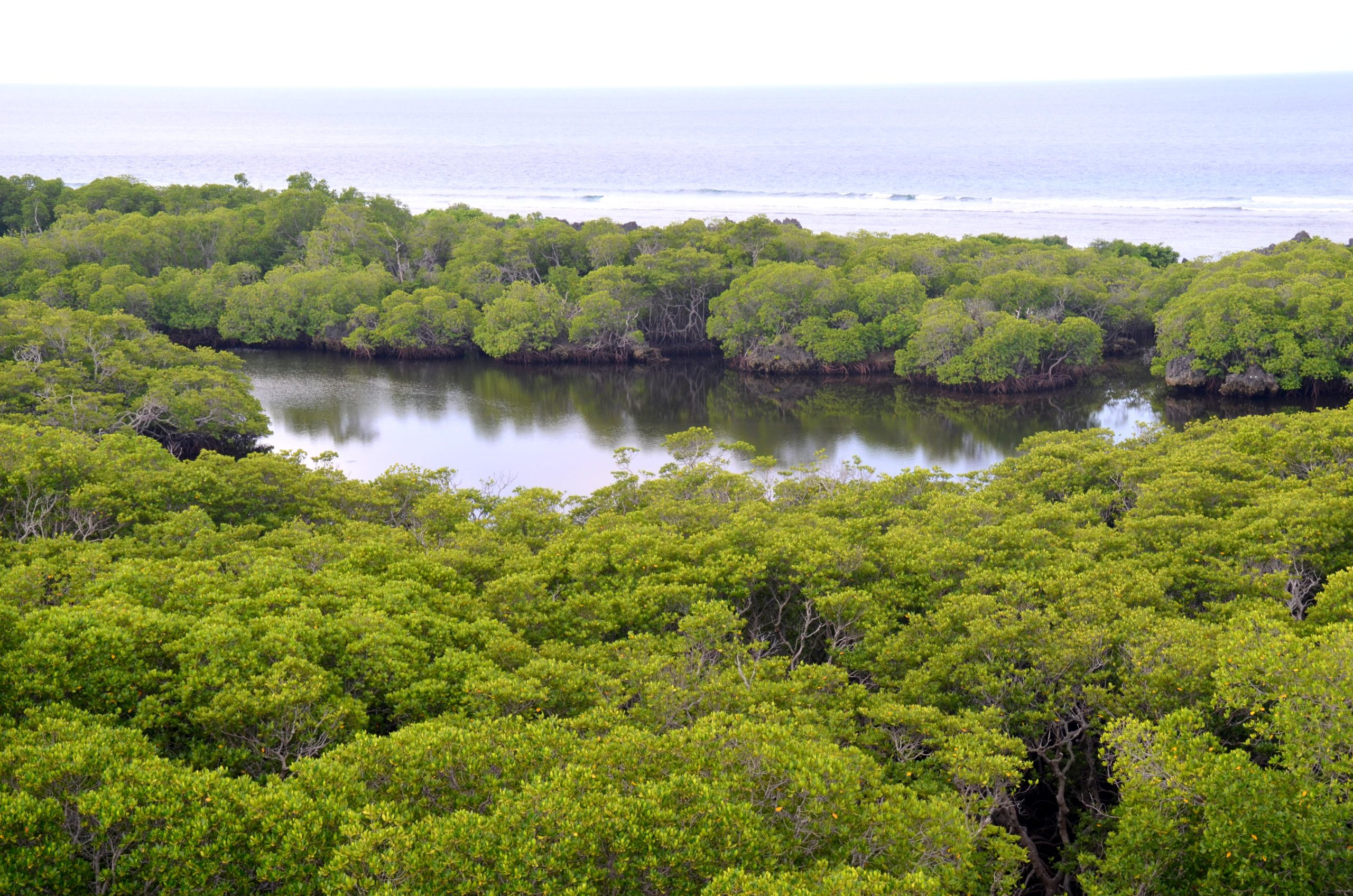
Apo Reef's Green Guardians: Mangrove and Beach Forests
Apo Reef Natural Park (ARNP) is more than just a marine wonder—it’s home to lush mangrove and beach forests. These vital ecosystems play a crucial role in keeping the reef and its surroundings healthy and vibrant.
Apo Reef Island’s mangrove forests are a sight to behold. These mature forests are filled with tall trees like Rhizophora mucronata and Rhizophora apiculata. Other trees like Sonneratia alba, Brugiera gymnorhiza, Xylocarpus granatum, Pemphis acidula, and Ceriops zippeliana add to the rich mix.
According to a 2023 survey, these mangroves have an average tree diameter of 18.52 cm and a height of 7.34 meters. The dense 90.03% canopy cover indicates the health of the forest. The mangroves are in very good overall condition, although not many young trees are developing. The resilience and overall health of the forest are monitored regularly by local environmental officials and ARNP-PAMO.
Apo Reef Island’s beach forests, though smaller, are just as important. In 2017, 107 mature trees were recorded. Plants like Ipomoea pescaprae, Heliotropium, Pandanus tectorius, Canavalia maritima, and Crinum asiaticum thrive along the shoreline. Inland, a mix of trees with an average diameter of 14.12 cm and a height of 4.5 meters provides a diverse habitat.
The most common tree, Pandanus tectorius, dominates the seaward side with 25 individuals. Other species like Talipariti tiliaceum, Terminalia catappa, and Premna serratifolia also add to the forest’s diversity, making it a rich and varied ecosystem.
Protecting these forests is crucial. They help combat climate change, provide homes for many species, and support local communities. Continued efforts by the government, local stakeholders, and conservation groups are essential to maintaining and improving ARNP.
Image Gallery


